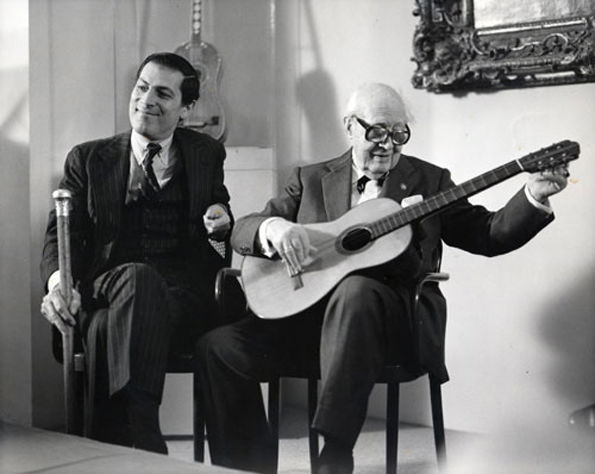On loan to The Met The Met accepts temporary loans of art both for short-term exhibitions and for long-term display in its galleries.
The Batta-Piatigorsky Violoncello
Antonio Stradivari Italian
Just as Stradivari's career began around 1665, there was a major advance in string making: the development of gut strings overspun with fine metal wire. With the availability of these new strings, Stradivari was able to reduce the size of the cello, thereby improving its acoustical qualities and making it easier to play. Of the approximately sixty Stradivari cellos that are extant, about twenty of these are of this smaller size. The "Batta-Piatigorsky" is considered one of the best examples of this smaller, improved model.
The "Batta-Piatigorsky" cello is named after the distinguished Dutch cellist Alexandre Batta (1816-1902) who purchased it in Paris around 1836. This instrument was Batta's steady companion for most of his career, but in 1893 circumstances forced him to part with it, and he sold it to the London dealer William E. Hill & Sons, who purchased it for the violin collector Baron Knoop. The great Russian-born cellist Gregor Piatigorsky (1903-1976) acquired the instrument from Dr. Daniel Catlin, the son-in-law of the art collector and Metropolitan Museum trustee, Horace Havemeyer, who himself owned and had lent Piatigorsky another important Stradivari cello, the "Duport." Piatigorsky wrote in his biography:
"I played the 'Batta' for a long time before appearing in concert with it. In solitude, as is befitting honeymooners, we avoided interfering company until then. From that day on, when I proudly carried the 'Batta' across the stage for all to greet, a new challenge entered into my life. While all other instruments I had played prior to the 'Batta' differed one from the other in character and range, I knew their qualities, shortcomings, or their capriciousness enough to exploit their good capabilities to full advantage. Not so with the 'Batta,' whose prowess had no limitations. Bottomless in its resources, it spurred me on to try to reach its depths, and I have never worked harder or desired anything more fervently than to draw out of this superior instrument all it has to give."
Due to rights restrictions, this image cannot be enlarged, viewed at full screen, or downloaded.


